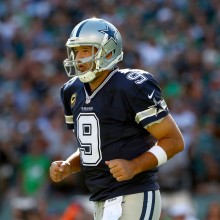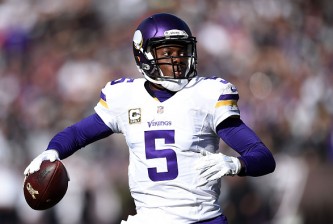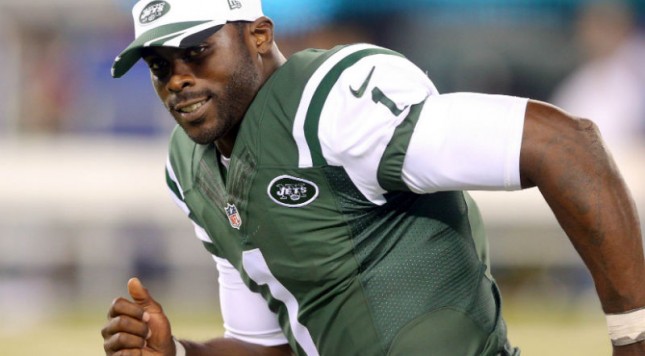At some point over the next few days or weeks, Michael Vick will sign with a new team. It’ll be his third different NFL outpost over the last three years, and another backup role in which he’s left to feebly hold on to a career.
That’s who Vick is now. He’ll turn 35 before the start of next season, and time usually doesn’t look kindly upon quarterbacks of that vintage. He likely won’t be guaranteed a Week 1 roster spot wherever he lands.
So barring a youth-foundation infusion or some similar miracle, this free agency period may become the end for Vick, a time when he reaches his final football resting place.
Let’s take on a quick exercise then: How will we remember the Vick experience when it’s finally over? That depends on exactly what you expected.
(Quick aside: I’m discussing only Michael Vick the football player here. Michael Vick the dog fighter was punished and served time.)
Nothing has really changed about Vick during his 12 seasons. He’s always been absurdly fast, and even now at his advanced age his speed still tops all but a small handful of his position peers. He’s always had a booming arm, too, one capable of launching balls with seemingly a flick of the wrist.
Those are the rosy and warm thoughts that come to mind immediately. Then there’s a reality which was also clear way back when he was drafted in 2001: Vick is a brittle mess.
The drawback of his speed is the body type required to have it. Vick is 6’0” and weighs 215 pounds, and the similarly mobile Colin Kaepernick is 6’4, weighing 230 pounds. So far in his career Russell Wilson (5’11” and 206 pounds) has been the rare combination of small, mobile and healthy. He hasn’t missed a game yet over three seasons, and the difference is that Wilson knows when and how to avoid contact.
Vick never learned that skill, and it resulted in numerous injuries that shortened seasons. He’s still logged only one full 16-game year.
Yet Vick has made history when healthy. Sure, ultimately accuracy has been his downfall, with not nearly enough touch to match his arm strength (career completion percentage of 56.1). But throughout his career he’s been able to manage that inaccuracy, and keep it tolerable next to the running ability that elevated him to a unique talent.
Scroll down the list of single-season rushing highs by quarterbacks, and you quickly notice something: Vick’s name, repeatedly.
His 1,039 rushing yards in 2006 is still the highest single-season total of all time. Of the top 10 seasons, three belong to Vick.
That athleticism has kept him employed for this long. There’s always the hope that maybe—oh, just maybe—after an injury Vick will trot in triumphantly off the sideline as the backup, and his fleet-footed ways will be the defining difference in the game.
Or maybe the season? No, probably not, but an intoxicating allure follows the mobile quarterback. Even if he’s a known project who’s development plateaued long ago.
Ultimately, that will be Vick’s legacy once he finally departs. He did enough to hold on, and enough to forge a lengthy career for himself, playing well into his mid 30s. But durability and an unwillingness to avoid chaos have held him from reaching a ceiling that was far higher than holding on.
Or maybe instead the Vick experience we’re watching now is his ceiling, with several seasons of brilliance scattered between many more full of sprayed balls and bad decisions.























